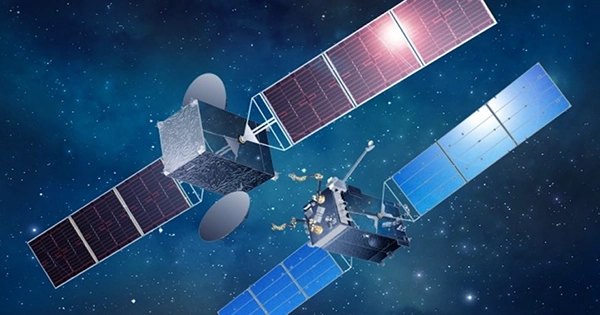A safety panel emphasized the need of successfully deorbiting the International Space Station (ISS) after it retires in 2030, warning of a catastrophic reentry through Earth’s atmosphere if the spaceship makes an uncontrolled return.
According to Space Policy Online, NASA’s Aerospace Safety Advisory Panel (ASAP) recommended the space agency to construct a space tug to deorbit the ISS, noting that the deorbit vehicle is “not optional.”
“The day will inevitably come when the Station is at the end of its life—and we may not be able to dictate that day—it is inconceivable to allow the Station to deorbit in an uncontrolled manner,” ASAP Chair Patricia Sanders said during the panel’s third quarter meeting on Thursday. The ISS is “simply too massive and would pose an extreme risk to populations across the globe.” If we are to avoid a disaster, we must resource this immediately.”

The ISS will be decommissioned in seven years. NASA proposed a space tug proposal to lower the orbit of the space station so that it can reenter and burn up via Earth’s atmosphere in a safe manner. The U.S. Space Agency requested a “new spacecraft design or modification to an existing spacecraft that must function on its first flight and have sufficient redundancy and anomaly recovery capability to continue the critical deorbit burn.” NASA had proposed using Russia’s Progress cargo ship to deorbit the ISS, but it’s unclear whether that option is still practicable.
NASA’s anticipated 2024 budget request included $180 million for the development of the proposed space tug, and the space agency issued a request for proposals from private space enterprises in the United States to come up with a design. However, NASA anticipates budget cuts as a result of the Fiscal Responsibility Act, which was signed into law in June and might have an impact on the plans for a deorbiting space tug.
In response, Sanders stated that if Congress cuts NASA funding, the agency will have to make “difficult choices,” while adding that the deorbit vehicle is one of the “few areas that are not discretionary,” according to Space Police Online. ASAP also requested NASA in October of last year to establish a deorbit strategy for the ISS that could be implemented swiftly in the event of an emergency.
The ISS is the size of a football field, measuring 357 feet (108 meters) across. If it is allowed to deorbit wildly, it could represent a significant concern if it reenters and falls into the populous areas below.
Skylab, the United States’ first space station, crashed into Earth in an uncontrolled reentry in 1979, with pieces of it landing on populous areas in western Australia. Engineers were attempting to maneuver the space station back to reentry in the Indian Ocean, but some fragments landed on Earth.
Later that year, the Soviet Union’s Salyut 7 space station slid uncontrollably towards Earth, exploding over Argentina. Fortunately, no one was hurt in either instance, but they serve as a warning of the potential devastation that may occur if the space station was left to return to Earth on its own.
















